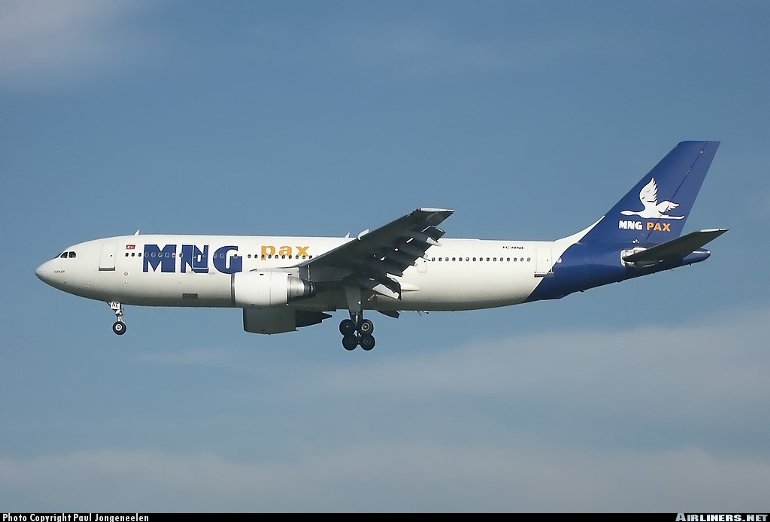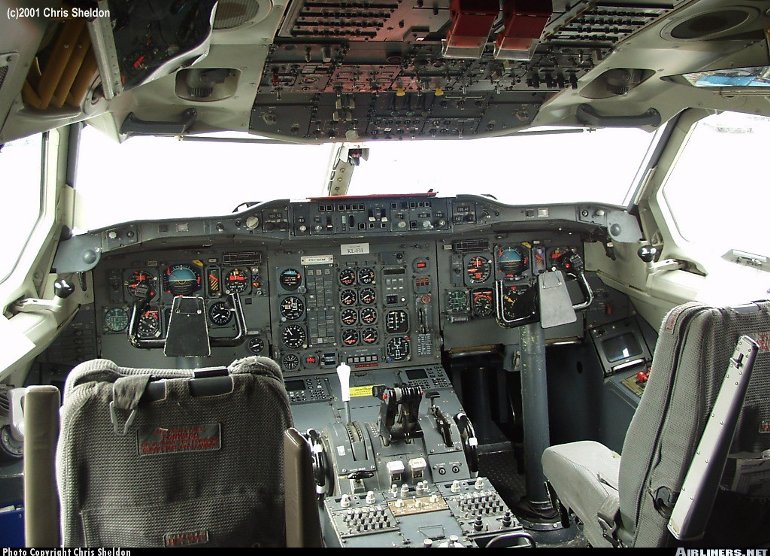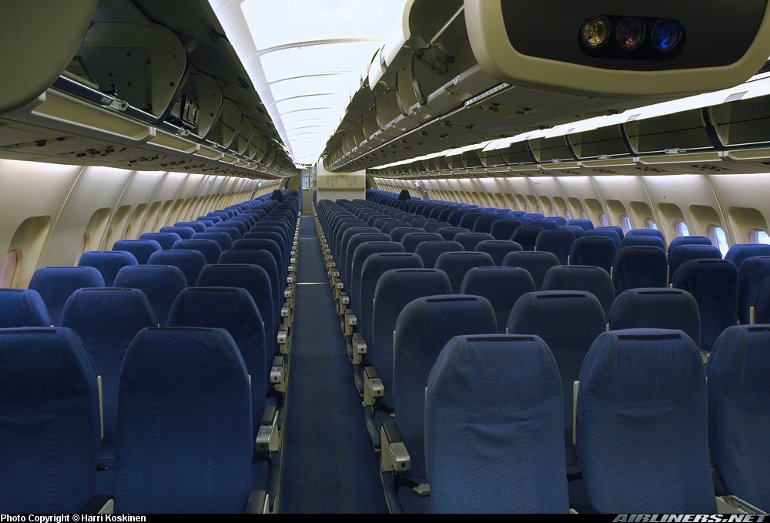Aircraft Technical Data
Airbus A300B2/B4



| Details | |
| Country of Origin | European consortium |
| Type | Medium range widebody airliner |
| History |
|
| Powerplants | A300B2/B4 - Two 227kN (51,000lb) General Electric CF6-50Cs or 236kN (53,000lb) Pratt & Whitney JT9D-9 turbofans. |
| Performance | A300B2-200 - Typical high speed cruising speed 917km/h (495kt), typical long range cruising speed 847km/h (457kt). Range with 269 passengers and reserves 3430km (1850nm). A300B4-200 - Same except range with 269 passengers and reserves 5375km (2900nm), range with max fuel 6300km (3400nm). |
| Weights | A300B2-200 - Operating empty 85,910kg (189,400lb), max takeoff 142,000kg (313,055lb). A300B4-200 - Operating empty 88,500kg (195,109lb), max takeoff 165,000kg (363,760lb). |
| Dimensions | Wing span 44.84m (147ft 1in), length 53.62m (175ft 11in), height 16.53m (54ft 3in). Wing area 260.0m2 (2798.7sq ft). |
| Capacity | Flightcrew of two pilots and a flight engineer. Seating for between 220 and 336 single class passengers in main cabin. Typical two class arrangement for 20 business class and 230 economy class passengers. Belly cargo compartments can carry 20 LD3 containers. |
| Production | A300B2 and B4 orders stood at 249 when production was completed in 1984. Approximately 145 in service in late 2002, including 75 freighters. |
| Related Links | Airbus A300B2/B4 |
The backbone of this section is from the The International Directory of Civil Aircraft by Gerard Frawley and used with permission. To get your own copy of the book click here. |
|








